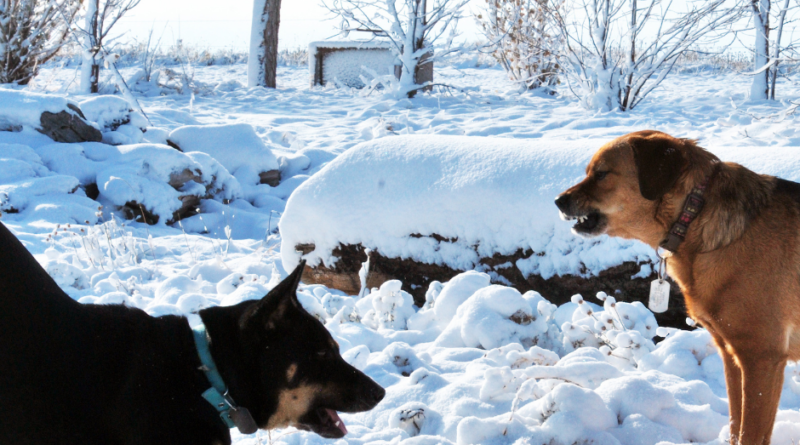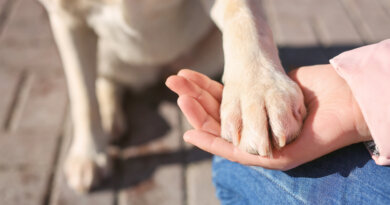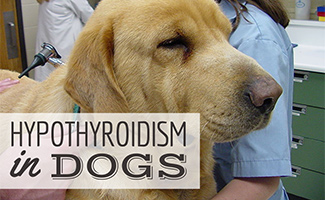Doggy Body Language – Dog is Good
Tail wagging, posture, eyes focused and tongue out. All different ways your dog is communicating with you and other animals. Sure, of course, we know the obvious body language of the wagging tail, swinging hips and goofy smile. Our dog is simply happy. But do you know how to read other signs? When your dog is angry, scared, stressed, alert, needs space and they give the signals, are you noticing and respecting their body language? Understanding your’s dog body language is a key aspect of responsible ownership.
Do you understand me?
According to experts, the average trained dog can understand about 165 human words. The smartest dogs (heads of the class) actually can understand nearly 250 words. Researchers equate this comprehension level to a 2 1/2 year old toddler. Alternatively, hand gestures and human body language are actually easier for dogs to learn. Studies show that dogs pick up on human gestures and cues better than most animals, even apes and chimpanzees. So, if dogs are so good are reading our non-verbal cues, how good are humans are reading theirs?
Will you be my friend?
When two dogs that are unfamiliar with each other first meet, there’s usually a standard practice of body language. Dogs often approach each other from the side, rather than head-on. Sniffing is usually the biggest first steps in dog interaction. Dogs are not shy and go nose first into any areas with glands and big scents. Males tend to go right to the “back end,” while most females initially go the head. “Who are you? Are you a boy or girl? Where have you been? Do you like to play?”
Back it up
Hackles up. Growling. Snarling. Tail straight up. I think it’s pretty safe to assume that your dog is not a happy camper at that moment. A dog demonstrating this body language is either submissive, acting fearful or is dominant ready to be aggressive. Sometimes the signs of a fearful, stressed dog may not be so obvious. Yawning, licking the lips, dilated pupils are also signs of stress.
Just a wee bit shy
Tail tucked, squinty eyes, cowering, shaking and even sweaty paws are all signs a pup is timid. One way to help a dog in this situation is to get down on the dog’s level. Careful not to put your face near their face. But a shy dog is less threatened if you are not looming above them. Good practice to avert your gaze. Making direct eye contact with a shy or fearful dog is “rude” in dog speak and the dog may perceive you as a threat.
Lean in
Most dog owners think it’s sweet when our dogs lean against us. Most times this behavior is a sign that our pup is simply after some love. They may be seeking your attention and affection. Some dogs however do the “lean” as a sign of dominant behavior. Furthermore, if your dog is part of a pack, they may be asserting their “ownership” of you by invading your personal space. Lastly, your dog could be feeling insecure and be looking towards you for protection. They recognize you as their pack leader and they are seeking comfort with you who is safe and familiar.
Shoe Fetish
Believe it or not, chewing your favorite items is a sign that your dog loves you. LUCKY YOU! Your scent is everywhere in your pet’s home. By dragging out your favorite pair of Birkenstocks, your tattered wool socks or your favorite sweater and chewing away, it’s a sign that you are truly adored. It makes them think of you, and that makes them happy.
Read the signs
Figuring out your dog’s body language is a compilation of everything you know about them. No single action is definitive of how they are feeling. So, when you are trying to decipher your pup’s demeanor, look at their entire body, head to tail and and read their signals. Your dog is talking to you all the time. When you can recognize what your dog is telling you, it will make your human and canine bond even stronger.











